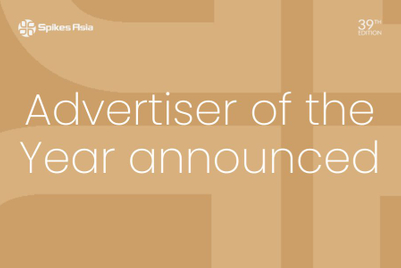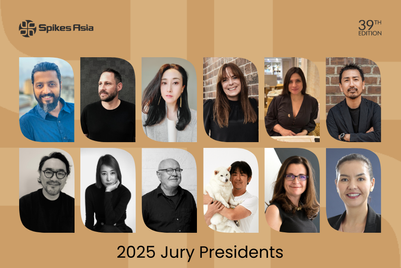
During his stint with P&G's laundry division, Hearn recalled, he spent an inordinate amount of time with the team trying to determine if consumers cared more about 'clean' or 'white', when essentially, to consumers, they both equated to the same thing. If a thing's white, it should be clean, after all.
“Truth is, we make fast, instinctive, irrational decisions, which has been good for our survival in the past,” Hearn said. “If you're in the jungle, you're not going to stop and wonder if you should fight or flight when something big growly and stripey comes at you.”
Psychologists call this decision-making process 'thin-slicing'. The average consumer takes just 1.3 seconds to dwell on a choice of product when standing at a shelf. And that time often competes with other distractions. So while brands love the subtle messages in their labels, mostly no one's paying attention.
|
“There's an extinct brand of chocolate named Meadowsweet in Australia, and the reason they're now gone is because they put their chocolate in a purple wrapper. Cadbury took them to court even though they weren't using the same font or had those two glasses of milk,” Hearn said. “We were asked to test consumers to see if they noticed the difference. The results? More than 80 per cent of people exposed to a second-long pic of Meadowsweet though it was Cadbury Dairy Milk—they never looked beyond the purple.”
For additional proof, watch this video of the amazing card colour changing trick:
So what do people notice, and what makes them choose a brand if it's not the delicate shading of ephemeral blossoms on your bottle of softener? “People find it easier to remember brand stories than attributes,” Hearn said. “To make it easier for consumers to remember the brand story and not think about attributes, you need consistent body language.”
Hearn identified six clusters brand behaviours successful brands adopt:
- Reassuring us: Brands take away the worry. Banks play into this a lot. An example of brands that tell this story include J&J and Standard Chartered.
- Championing us: Brands that hero up a group. Examples of brands that do this include Coke and Carlsberg.
- Connecting us: Brands that literally bring people together, such as Red Bull.
- Brands that stimulate us: Brands that fulfill a need for adventure, discovery and individuality. Levi's tries to tap into this sentiment.
- Recognising me: Brands that give consumers a sense of status, or a round of applause. Enfagrow applauds moms for raising great kids.
- Brands that make you better: Brands that have the authority to teach consumers and make them experts. Starbucks and its coffee workshops feed into this.
Hearn lacked the time needed to delve into each cluster, but as an example of the thought process that goes into establishing these brand behaviours, he elaborated on brand behaviours that fall under brands that 'reassure us' and that 'champion us'.
To reassure, brands can share a cause with consumers. By committing to right a wrong in society, the brand forms tight bonds with those also emotionally invested in the issue.
Dove does this with its 'Real beauty' campaign. Tom Shoes reassures its buyers that by buying a pair of shoes they're giving a pair to someone in need. And Lifebuoy's 'Help a child reach five' campaign is making a real difference in India.
Techniques to build these brand behaviours include associating the brand with existing champions and grassroots heroes, and using mainstream broadcast for a degree of momentum. Brands should also act like a change enabler or a megaphone for people passionate about the issue, and the tone of voice should be positive, focusing on how things could be better. It's also important to remember to build a passionate base of issue advocates, choose causes that are relevant to the product and build a lasting legacy, Hearn advised.
A great campaign that taps into this and champions its users is Norte Argentina's 'The best excuse ever' campaign, he said.
To sum up, for a brand to achieve sales growth it needs to change behaviours and make it easy for consumers to create the heuristics, or mental shortcuts needed to choose the brand. “Brand behaviours give us a way to create that heuristic and create ideas and stories to build growth,” Hearn said.



.jpg&h=334&w=500&q=100&v=20250320&c=1)



.png&h=334&w=500&q=100&v=20250320&c=1)
.png&h=334&w=500&q=100&v=20250320&c=1)

.png&h=334&w=500&q=100&v=20250320&c=1)

.png&h=334&w=500&q=100&v=20250320&c=1)


.jpg&h=268&w=401&q=100&v=20250320&c=1)




